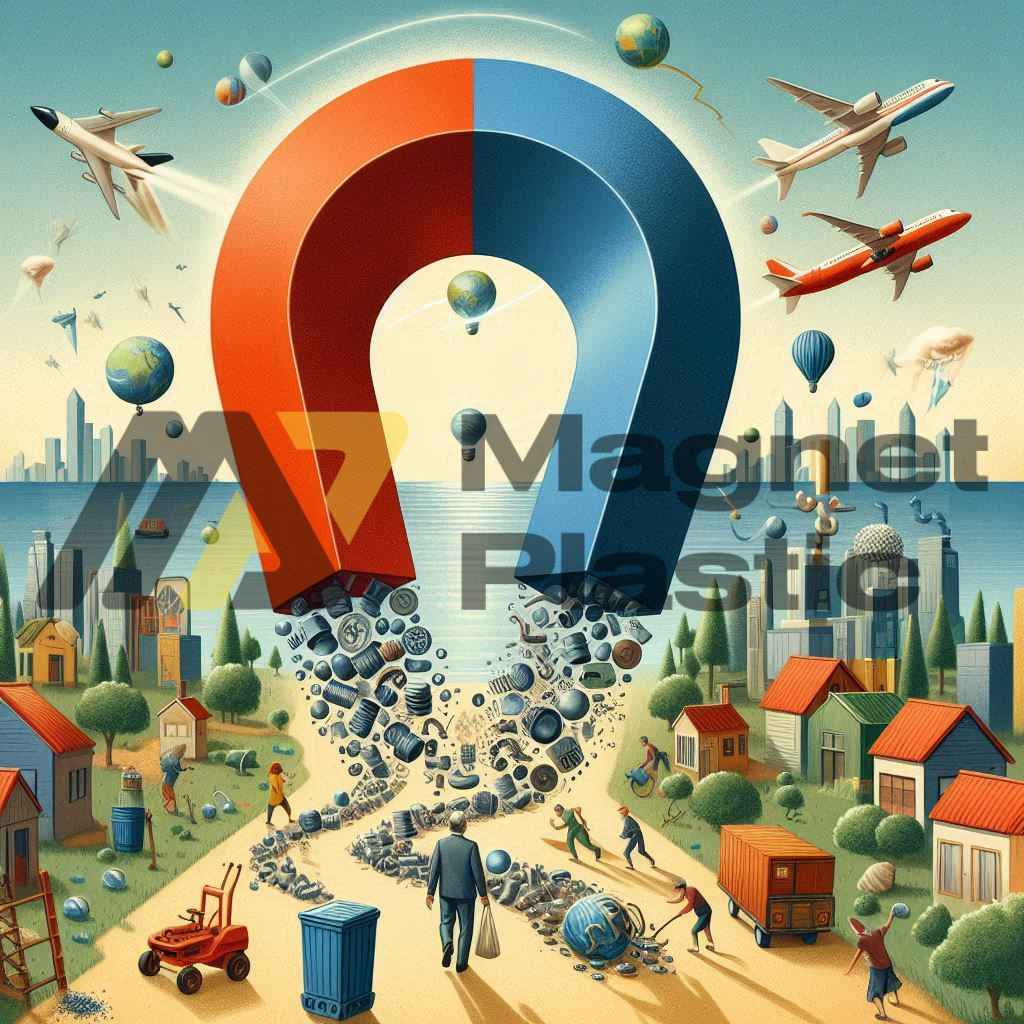Are We Close to a Magnetic Circular Economy?
Magnets are essential components of modern life. They’re found in electric motors, speakers, generators, hard drives, wind turbines, vehicles, and countless other technologies. But as the demand for green and digital tech grows, so does the need for magnets—especially high-performance ones made with rare earth elements like neodymium and samarium. This raises a critical environmental and economic question: Can magnets be efficiently recycled, and are we moving toward a magnetic circular economy?
The Problem with Conventional Magnets
Most industrial magnets today are made from rare earth elements extracted primarily in China. Mining and processing these materials require vast amounts of energy, generate toxic waste, and cause serious ecological damage. Moreover, the process is expensive, polluting, and geopolitically sensitive.
In many electronic devices, magnets are small, embedded into components, and not designed for easy recovery. This makes recycling complex and inefficient, leading to the loss of valuable materials and an increase in landfill waste.
What Is a Magnetic Circular Economy?
A magnetic circular economy aims to reduce reliance on virgin raw materials by reusing, recycling, and redesigning products that contain magnets. The goal is to keep these materials in use for as long as possible, minimizing waste and closing the loop on their life cycle.
Achieving this requires not only the development of efficient, cost-effective recycling technologies but also a shift in product design to make magnets easier to extract at the end of a product’s life.
Progress in Magnet Recycling
Research and industrial initiatives are making real progress. In Japan and across Europe, companies like Hitachi and programs such as SUSMAGPRO are developing methods to recover rare earth elements from discarded motors, hard drives, and appliances. These processes involve controlled demagnetization, magnetic separation, and reprocessing to create new magnets.
Other eco-friendlier approaches like hydrometallurgical recycling—which uses less aggressive chemical solutions to extract materials without degrading their magnetic properties—are also being explored.
A promising avenue is the development of next-generation recyclable magnets, designed from the start with disassembly and sustainability in mind, using materials that are easier to separate or less harmful to the environment.
Are We Getting Close?
Although technical and economic challenges remain—such as collection logistics, recycling efficiency, and magnet quality—the outlook is promising. With growing demand for sustainable materials and increasing pressure to reduce dependence on critical resources, a magnetic circular economy is no longer a distant dream: it’s an emerging necessity.
The future of magnetism could indeed be greener than we thought—if innovation, regulation, and environmental awareness continue to work together.
